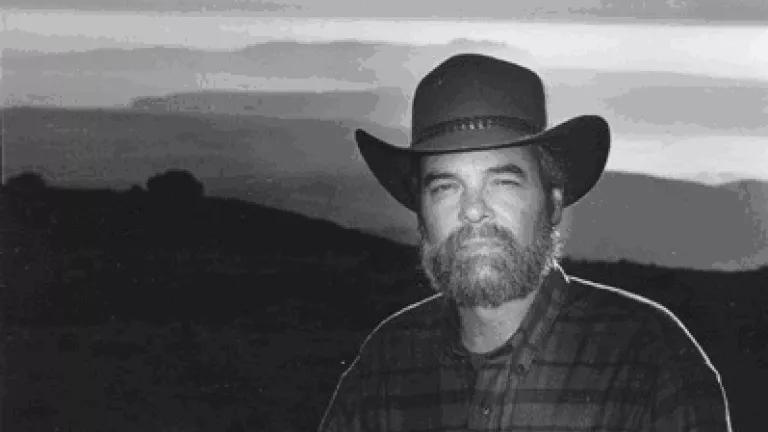
Last week we celebrated Oceans Day here in California's capitol. Governor Brown, who signed the Coastal Act in to law in 1976, joined several of us to mark the occasion. He and Julie Packard of the Monterey Bay Aquarium and others all made the connection between climate change, coastal protection and ocean health. And nobody in California has made a bigger difference in the way our 1,100 mile long coastline looks than Peter Douglas, who spent more than 40 years fighting for the land and wildlife that make their home along this western edge of the continent.
Peter died early yesterday after a long, tough fight against cancer. He kept his fighting spirit and his pugnacious defense of nature until the end. I had a chance to see him last week and have a nice chat in the desert sun at his sister's house. He seemed at peace. Little did I know that four days later he would be gone.
As Peter said so well: “It’s the public access that hasn’t been lost… It’s the wetlands that weren’t filled. It’s the scenic vistas that weren’t destroyed. It’s what we don’t see that’s our major accomplishment.”
Here's just a small reminder of what the Coastal Commission and Peter have meant to California's coast which so defines our State and our state of mind:
- Protecting Our Beaches from Irresponsible Development: In 2008, the Commission rejected a 6-lane toll road that would have cut straight through San Onofre State Beach. In addition to closing 60% of the park and restricting public access, the project would have devastated wildlife habitat for several threatened and endangered species and polluted one of the last unspoiled watersheds in the region.
- Stopping Destructive Offshore Oil Drilling: The Coastal Commission has been a steadfast defender of California’s vibrant coastal environment and its coastal economy based on tourism and fishing. Since oil drilling off the northern coast was first proposed by the Carter Administration in the late 1970’s, the Commission has been a national leader in the fight to direct drilling away from environmentally sensitive areas like the California coast.
- Protecting Coastal Agriculture and Rural Landscapes: In March 2000, the Commission ensured protection of Marin County open space and continuation of agricultural use on the Giacomini Ranch on the east shore of Tomales Bay by facilitating the transfer of development rights to the Marin Agricultural Land Trust. And in San Mateo County the Commission protected scenic viewsheds and habitat for endangered species, by reducing the size of several large homes proposed for the area, screening them from public view, and rerouting access roads to avoid habitat of red-legged frogs and other wildlife. The Big Sur coastal plan is a national model.
- Saving and Restoring the Last Coastal Wetlands: The Coastal Program led to one of the largest salt marsh restoration projects in state history at Bolsa Chica in Orange County. In 2000, the Commission directed development to the upper half ("upper bench") of the Bolsa Chica mesa to protect the lower half ("lower bench") as valuable habitat. In San Diego County the Aqua Hedionda Lagoon Preserve and preservation of expanded upland open space/habitat preserve in connection with Carlsbad LCP are major accomplishments amendment for the Kelly Ranch Master Plan area.
- Preserving Historic Coastal Architecture: In 2000 the Commission protected the watershed adjacent to Crystal Cove in Orange County from runoff and in 2003, they approved plans to restore the Crystal Cove District and the renovation of historic beachfront cottages. The cottages were preserved in their rustic state and are now available to the public for affordable overnight vacations (cottages also generate money for our State Park system).
- Marine Life Protection Act: In 1999, the legislature passed, with Commission support, this landmark law to create a network of underwater parks off California’s coast. The ocean version of our National Parks, marine protected areas allow fish, coral reefs, kelp forests, and other ocean life to thrive with minimal disturbance. Research has shown time and again that protected ocean areas harbor more and bigger fish, healthier habitat, and more diverse ocean life (and many fishermen and conservationists agree). Science-based marine refuges are now in place in three of four coastal regions, with the fourth not far behind.
While these are just a few examples of California’s nation-leading efforts to protect our coast and ocean, the reality is simple—without California’s Coastal Commission and Peter Douglas, we would not have the natural, rugged that we so enjoy today.
